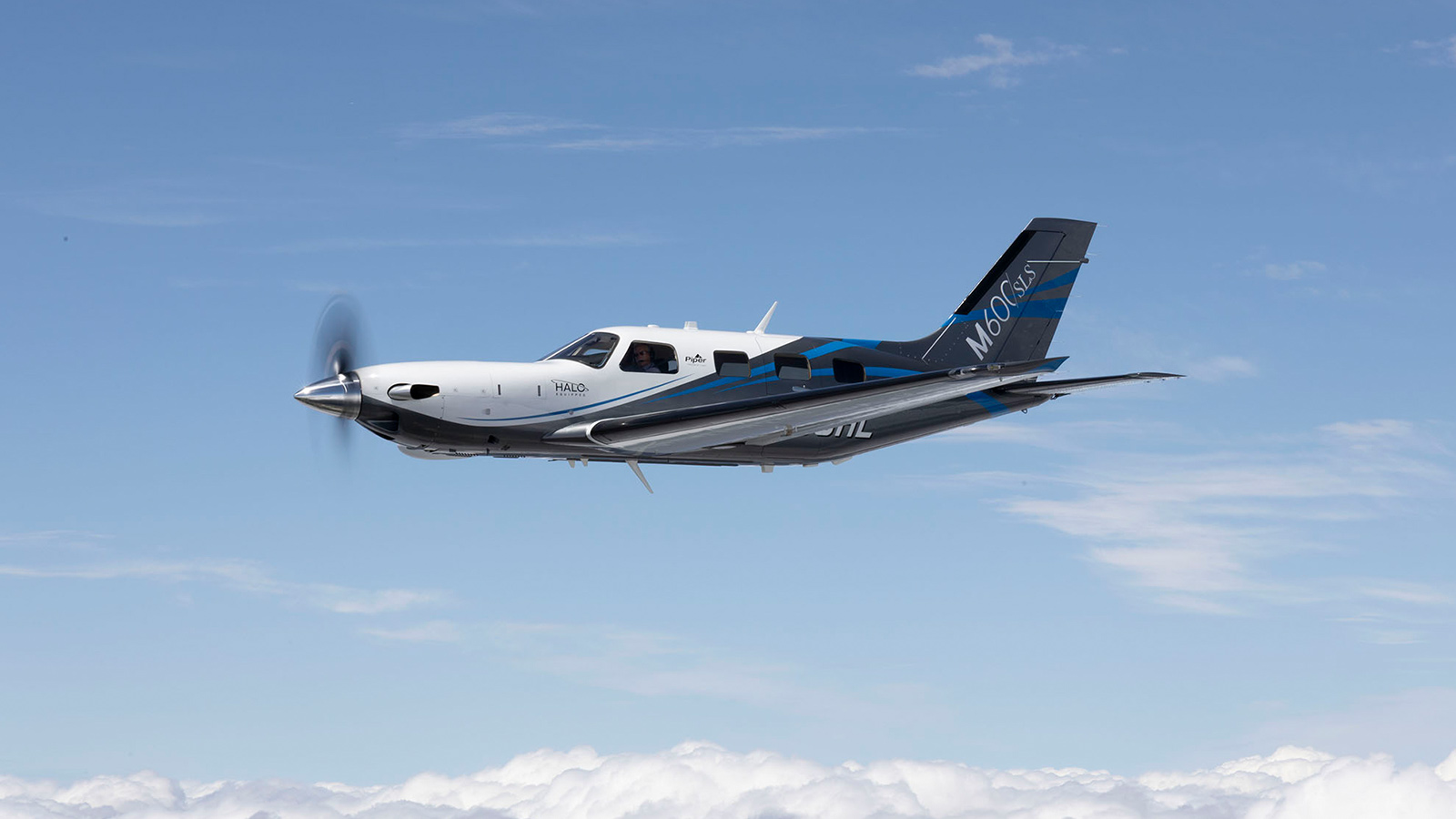Stay Up to Date
Submit your email address to receive the latest industry and Aerospace America news.
FAA’s certification of Garmin’s Autoland technology, a set of software plus a radar altimeter and control servos that can land a small plane when a pilot is incapacitated, suggests a bold future of automation in general aviation, industry experts say.
Garmin International of Kansas announced FAA’s approval of Autoland on Monday.
In an emergency, a pilot or passenger would touch a red-outlined button labeled “Emergency Autoland” on the plane’s instrument panel, or Autoland can activate on its own if the aircraft is not recovering from a maneuver or has a fault in its cabin pressurization that the pilot has not addressed after a certain period of time.
Some commercial airliners can land without pilot inputs but there is no process for activating such a system in an emergency or automatically if the flight crew were incapacitated. Safety authorities instead require more than one pilot aboard large aircraft.
Fully automated general aviation flight would still require breakthroughs such as in sensing and avoiding other aircraft, but analysts see Autoland as a major development toward that possibility.
The technology “could be a back door to standard automated flying,” says aviation analyst Richard Aboulafia of the Teal Group in Virginia.
Clint Balog, a human factors research psychologist at Embry-Riddle Aeronautical University, says “any technology that advances the autonomous capability of aircraft is another step toward replacing the pilot.”
For its part, Garmin calls the technology a major milestone and a first for general aviation, but the company is being cautious not to overstate its long-term impact.
“We’re not removing the pilot from flying or landing and we don’t intend to. Autoland is for emergency purposes only,” says spokeswoman Jessica Koss. “Years down the road” Garmin might pursue a system for routine, automated landings, “but that would be much tougher to have certified by the FAA,” she adds.
For now, the technology is only available on new six-passenger Piper M600/SLS single engine turboprops, and soon on Daher TBM 940 turboprops and Cirrus Vision Jets. Bailey Scheel, one of Garmin’s project engineers on Autoland says the system would be relatively easy to adapt to other new aircraft that have digital flight management and avionics systems. As for existing aircraft, “I definitely see Gamin working toward getting the system into older aircraft in some form if people say this should be in every aircraft that flies,” Scheel says.
The company incorporated the software in its G3000 integrated flight deck, a panel of displays and touchscreens that replicate the functions of analog instruments in older cockpits.
About Jan Tegler
Jan covers a variety of subjects, including defense, for publications internationally. He’s a frequent contributor to Defense Media Network/Faircount Media Group and is the author of the book “B-47 Stratojet: Boeing’s Brilliant Bomber,” as well as a general aviation pilot.
Related Posts
Stay Up to Date
Submit your email address to receive the latest industry and Aerospace America news.




